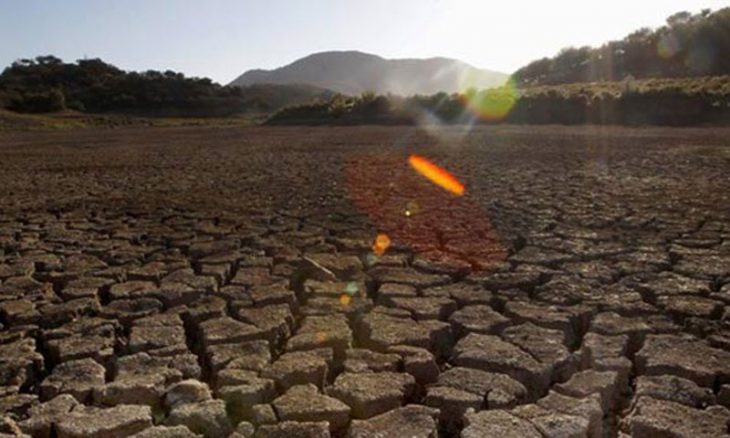
Global warming and it’s impacts on Pakistan, A world without ice
Global warming is an increase in global temperatures due to rising levels of greenhouse gases caused by human activities such as deforestation. Experts believe that temperatures began to rise sharply from the middle of the 20th century and that disturbed human activity.
Climate change will cause sea levels to rise and will change the amount and order of rainfall. Heating is likely to be more severe in the Arctic and will be related to the continuous receding glaciers, and sea ice. Other possible consequences include deviations in the magnitude and intensity of extreme weather events, species extinction, and variations in agricultural products. The warm and connected variations will change from place to place everywhere in the world.
The effects of Greenhouse gases and global warming
The effect of extreme heat is a thermal process that strengthens the earth’s cooling processes. Throughout the process, light allows the earth’s atmosphere to emit rays of short waves. Some rays are absorbed by the earth’s surface. As the earth’s surface is heated, It generates long waves of waves near the atmosphere. In space, several rays of high-frequency waves are absorbed by certain gases called thermal gases.
Greenhouse Gases
“Greenhouse gases contain carbon dioxide, Chlorofluorocarbons, methane, nitrous oxide, ozone, and water vapor. ” Each greenhouse gas molecule is converted by long wavelengths. Powerful electrical molecules then produce heat energy in all directions. By generating thermal energy on the Earth’s side, greenhouse gases increase global warming. The real threat of climate change The real danger of climate change lies in how quickly change occurs. Over the past 130 years, global temperatures seem to have risen 0.3 to 0.7 degrees Celsius. Changes in global temperatures have occurred in large numbers over time. The additional evidence suggests that “the future global warming is likely to occur at a rate of 0.2 degrees Celsius per season.
Impacts of Climate change on Pakistan
Although Pakistan’s involvement in greenhouse gas emissions is far below of the global average, climate change is disrupting crop production in the country, and it is adversely affecting human life. Pakistan is an agricultural country, with more than 47% of its citizens making their living from agriculture. “This section adds 24% to GDP. Pakistan makes 70% of its income from agriculture . Pakistan is an agricultural provider that feeds its many people and neighboring countries.
The financial sector most affected by global warming will be the agricultural sector. This is because global warming is expected to create climate change, which in turn will contribute to other causes. Specifically, it is estimated that global warming will affect the annual rainfall of certain agricultural areas. “The Indus Valley, Pakistan’s agricultural sector, is currently under threat of climate change. Agriculture throughout the Indus Valley is under threat”
Suggestions
There is an urgent need to come up with a national strategy to avoid the importance of global warming, as it will change the sequence of rainfall patterns and cause famine, soil erosion, hurricanes, and floods. Initiate the undeniable support that helps to address agricultural integration resulting from the change in Temperature in Pakistan.
To stop the increase in harmful carbon emissions that add to climate catastrophes, Pakistan and other South Asian countries must define and implement non-polluted technical guidelines. Although Pakistan produces small amounts of chlorofluorocarbons and low emissions of sulfur dioxide, thus creating a small impact on ozone depletion and acid rain, it will be extremely harmful from climate change and other global environmental problems.
Many lives will also be affected by diarrheal diseases associated with overgrowth and severe drought. The increase in rural poverty is expected to increase domestic and international migration. Depending on the magnitude of the effect, adaptability, and mitigation are very important. Significant investment in forestry and tree shelter throughout the board with due consideration paid to special environmental programs, e.g. coastline. Finally, great effort on the part of young people and children to prepare for the effects of Temperature Change Their education, and involvement are an integral part of any practical approach.
